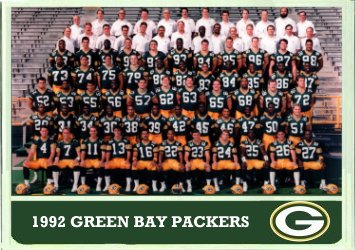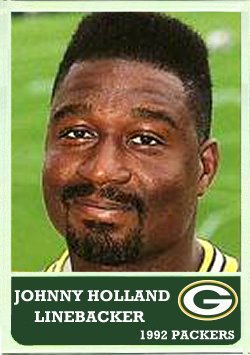Born on June 29, 1923 in Ashland, Kentucky, Jay Rhodemyre was a schoolboy star who enrolled at the University of Kentucky in 1941. After his sophomore season, he joined the Air Force and rose to the rank of Second Lieutenant before mustering out in 1946 to return to the Wildcats for his junior and senior years.
The Packers drafted the 6’1” 210-pound center/linebacker in the seventh round of the 1948 draft, but first Rhodemyre was invited to play in the annual College All-Star Game in Chicago. The defending champion Chicago Cardinals shut out the All-Stars 28-0 that night, but Jay made history by becoming the first lineman to be named Most Valuable Player in the series.
Rhodemyre joined the Packers for the ’48 and ’49 seasons but sat out 1950 for financial reasons. He later recalled, “I really loved it. There wasn’t enough money in it to pay for the bumps. You had to love it to play.” He returned to Green Bay in 1951 and was named second team All-Pro that year. Quarterback Tobin Rote once commented, “We didn’t have a lot of talent on the team and for a couple years there I outweighed the guards Buddy Burris and Ray DiPiero and my center (Jay Rhodemyre). They all went around 200-210, and I weighed around 215-218.”
Jay finished his NFL career in 1952, having started 40 of the 45 games he appeared in for the Packers. He said of his career, “Every game I played was a thrill for me. I enjoyed them all.” Sadly, Rhodemyre died suddenly at age 44 on June 7, 1968 in Lexington, Kentucky. He was survived by his wife and two children.



Custom cards are colorized.































































